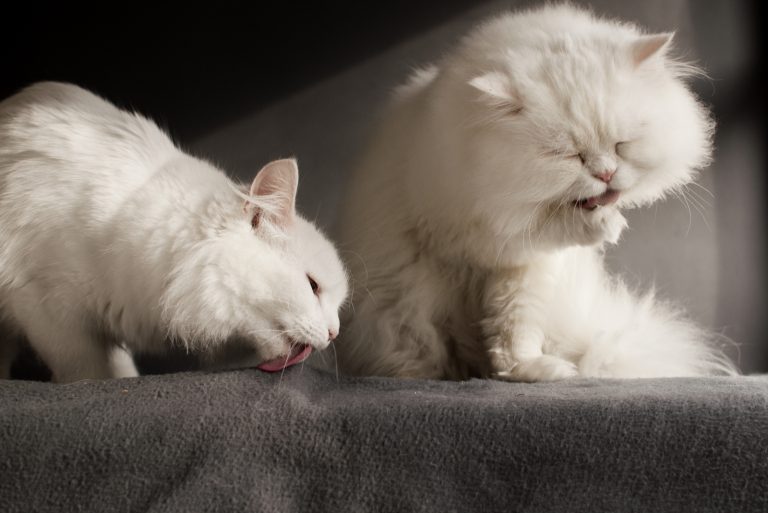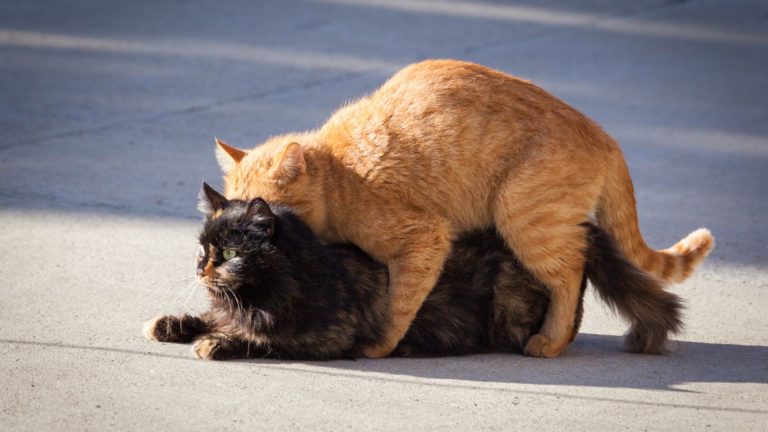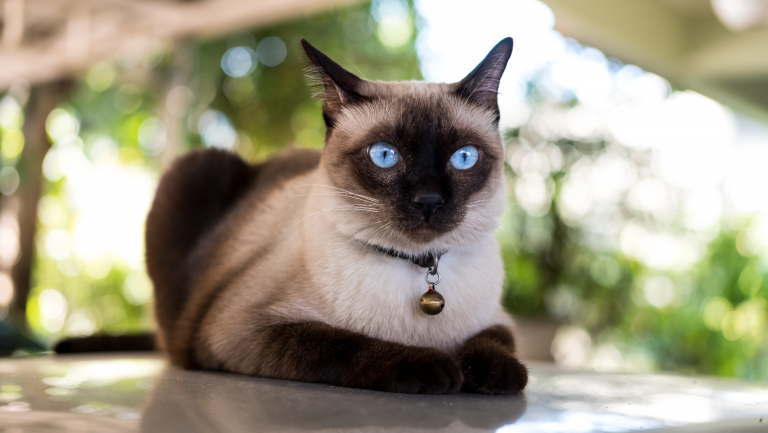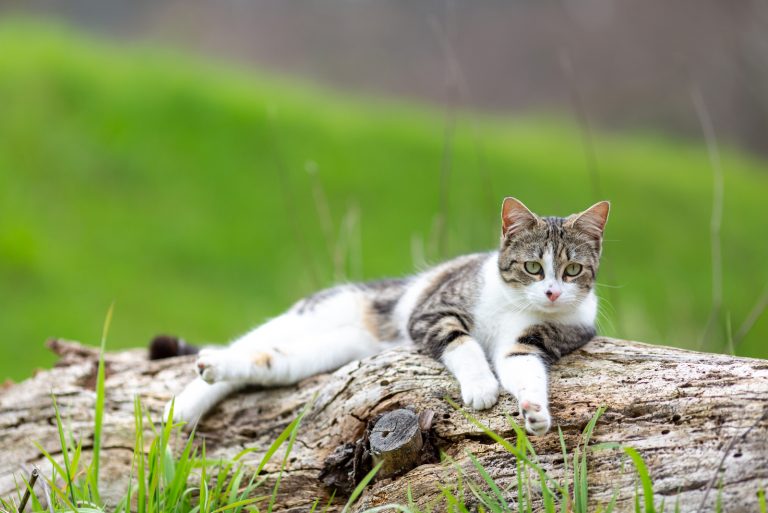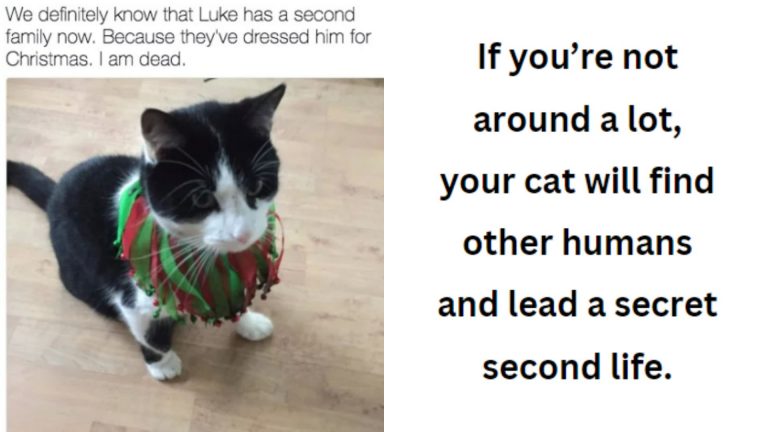4 Things You Didn’t Know About Your Cat’s Brain

Have you ever looked at your cats and wondered what is going on inside their heads? Well, I certainly have!
Many people are curious to know more about the minds of their pets, as it may help them understand them better. Thanks to scientists who study animal cognition, we have a chance to delve into the mind of our felines.
Today, there are many laboratories around the world dedicated to studying the minds of dogs. As science journalist David Grimm puts it: “We’re in the middle of a golden age of canine cognition.”
However, there has been comparatively little research on how cats’ brains work, mostly because Grimm had a hard time finding scientists who had done studies on feline cognition.
On the other hand, some scientists said that cats are uncooperative, which was the main reason for failed research. Nevertheless, we were able to discover something about cats’ inner workings.
Scroll down to see 4 fascinating facts about your cat’s brain!
#1 Cats Have A Sense Of Object Permanence
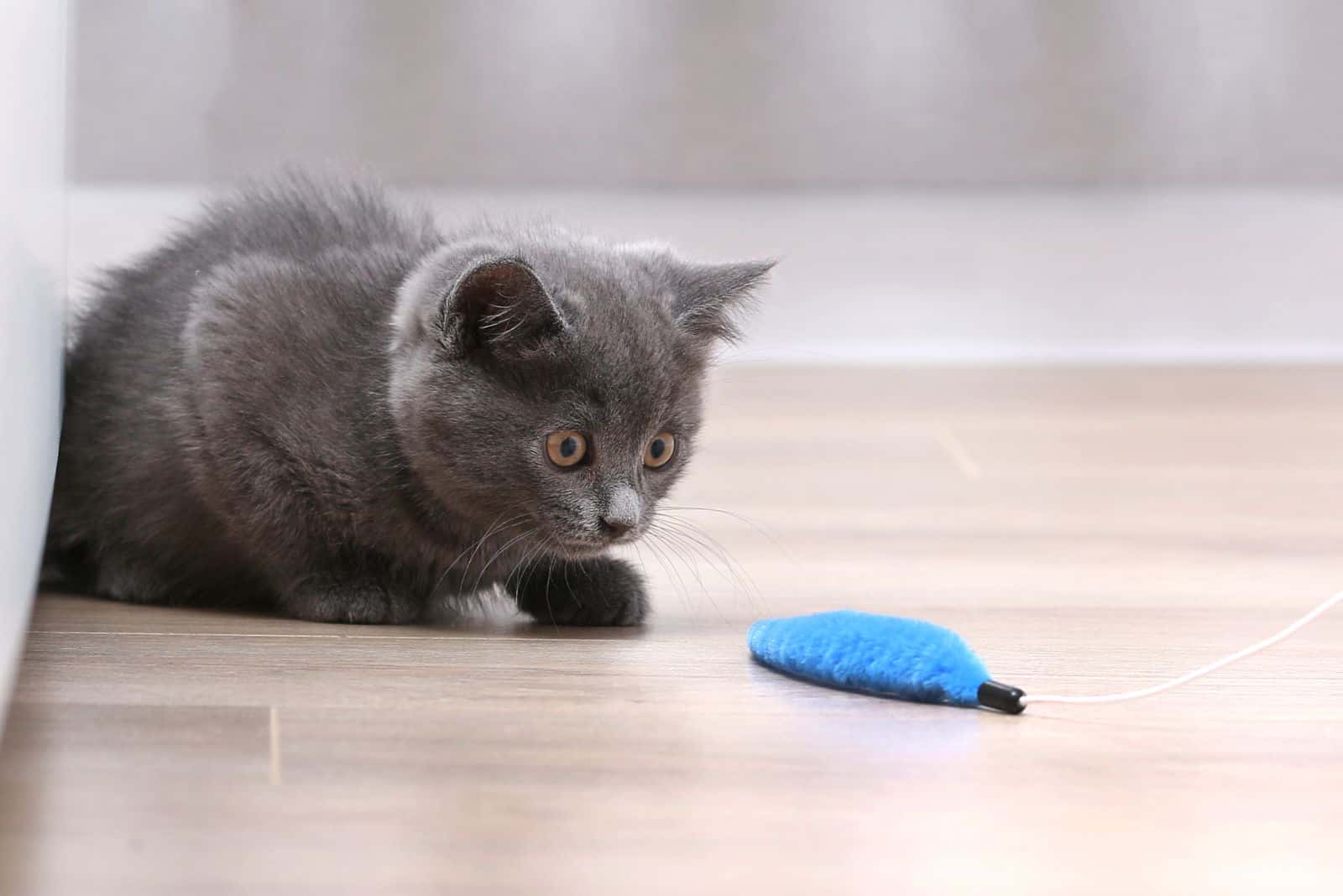
If your cat has chased a toy under a piece of furniture and then sat there waiting for it to reappear, then your kitty has a sense of object permanence.
Researchers have found that cats can easily solve tests for object permanence, including searching for hidden objects in the location they disappeared.
This explains why cats are such remarkable hunters. According to researchers Kristyn R. Vitale Shreve and Monique A. R. Udell:
“If prey disappears behind cover, obscuring the prey from the view, cats would benefit from the ability to remember the location of the prey before its disappearance.”
#2 Cats Have Limited Short-Term Memory
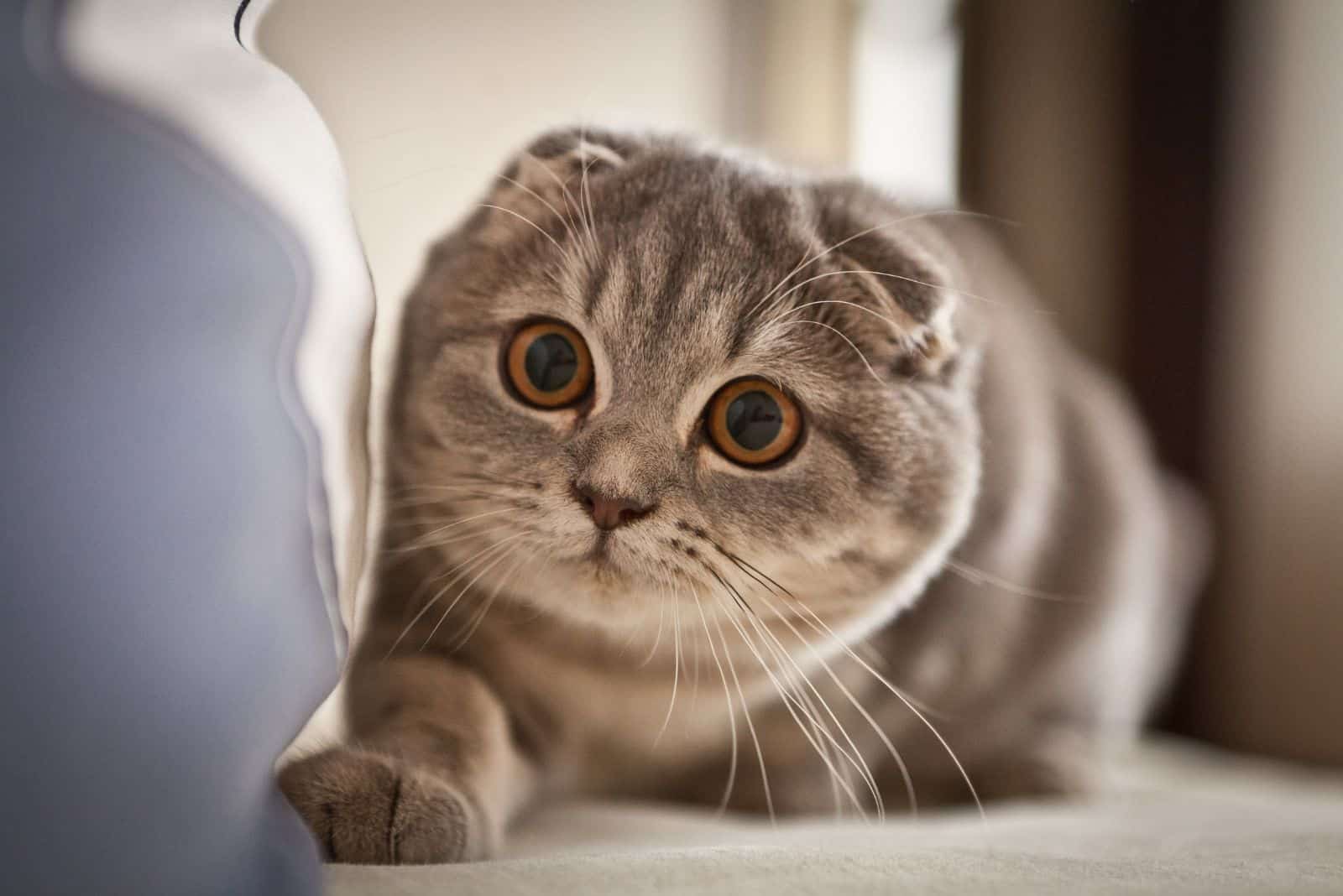
Cats may not have the best short-term memory. Studies have discovered that cats’ ability to remember and use information for short periods of time lasts only around a minute.
This was tested by showing cats the toy’s location and then having them find it after waiting different lengths of time.
The test revealed that cats’ working memory declines after just 10 seconds, whereas dogs’ working memory takes longer to decline under the same conditions.
On the other hand, the research proved that cats’ have highly developed long-term memory. However, it can be affected by disease or age.
Such a condition is known as Alzheimer’s-like cognitive decline also called Feline Cognitive Dysfunction, which often affects cats older than 10 years.
#3 Cats Can Follow Our Signs

We communicate with our feline friends through signs and body language, as they cannot understand our words. Researchers discovered that cats understand human pointing gestures and will usually follow them to get food.
This study was conducted in 2005 when scientists presented cats with two bowls. One bowl was full of food, but the cats couldn’t see it, and the other one was empty.
Then, the cats were allowed to approach and choose one of the bowls while a person pointed at the bowl with the food in it.
The result was amazing because almost every cat followed the sign, picked the correct bowl, and got the food as a reward. This means that cats have a “theory of mind” which is the ability to attribute knowledge, desires, intentions, etc., to others.
Animal behavior and cognition researchers Vitale Shreve and Udell wrote in a review of the state of cat cognition research:
“Since cats have both been bred to be domestic and spend a lot of time with humans, we would expect them to pick up on human cues to some extent. However, anyone who has owned a cat knows that they are not always as responsive as you might want them to be.”
#4 Cats Have Some Concept Of Time
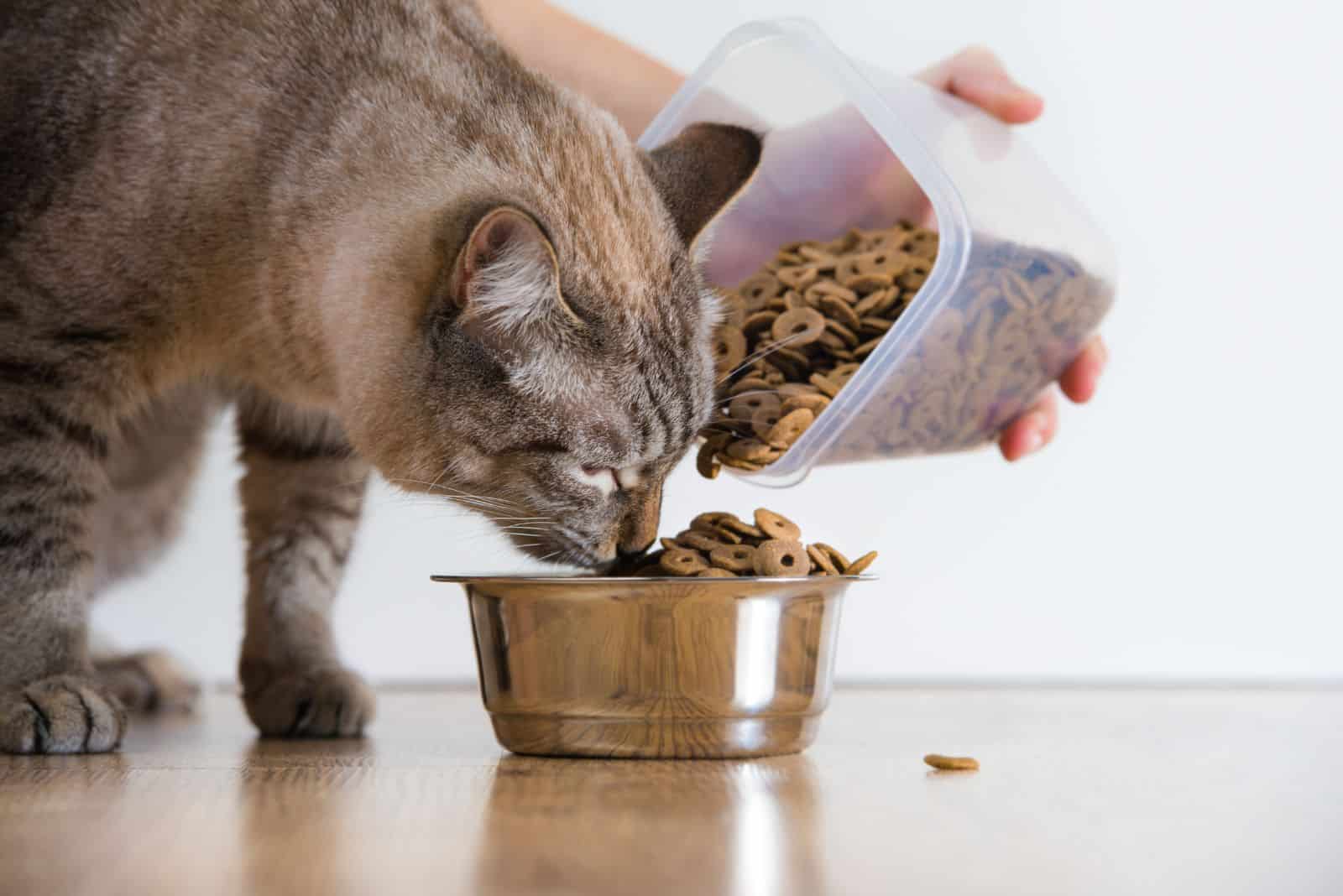
Cats are creatures of routine and prefer to eat around the same time every day. But how do cats know when it’s time to eat?
Unfortunately, there hasn’t been much research on this topic; however, some evidence suggests that cats have some concept of time and can tell more from less.
There was a study where researchers trained cats to eat from one of two bowls based on how long they were held in a cage before being released to eat.
Surprisingly, the cats could tell the difference between holding periods of 5, 8, 10, and 20 seconds. Vitale Shreve and Udell say:
“That ability implies that cats may have an internal clock that is responsible for assessing the duration of events.”
Besides differentiating longer and shorter lengths of time, cats can also tell the difference between larger and smaller quantities.
Scientists discovered that cats can distinguish a group of two objects from a group of three, which makes sense considering they have a sense of object permanence.
Final Thoughts
Thanks to research and the dedication of many scientists, today we have the opportunity to upgrade our knowledge about our feline friends.
While we may never completely understand how cats’ minds work, one thing is for sure – they are amazing and intelligent creatures that enrich our lives in countless ways.
READ NEXT: Study Finds Cat People Are Smarter Than Dog People

